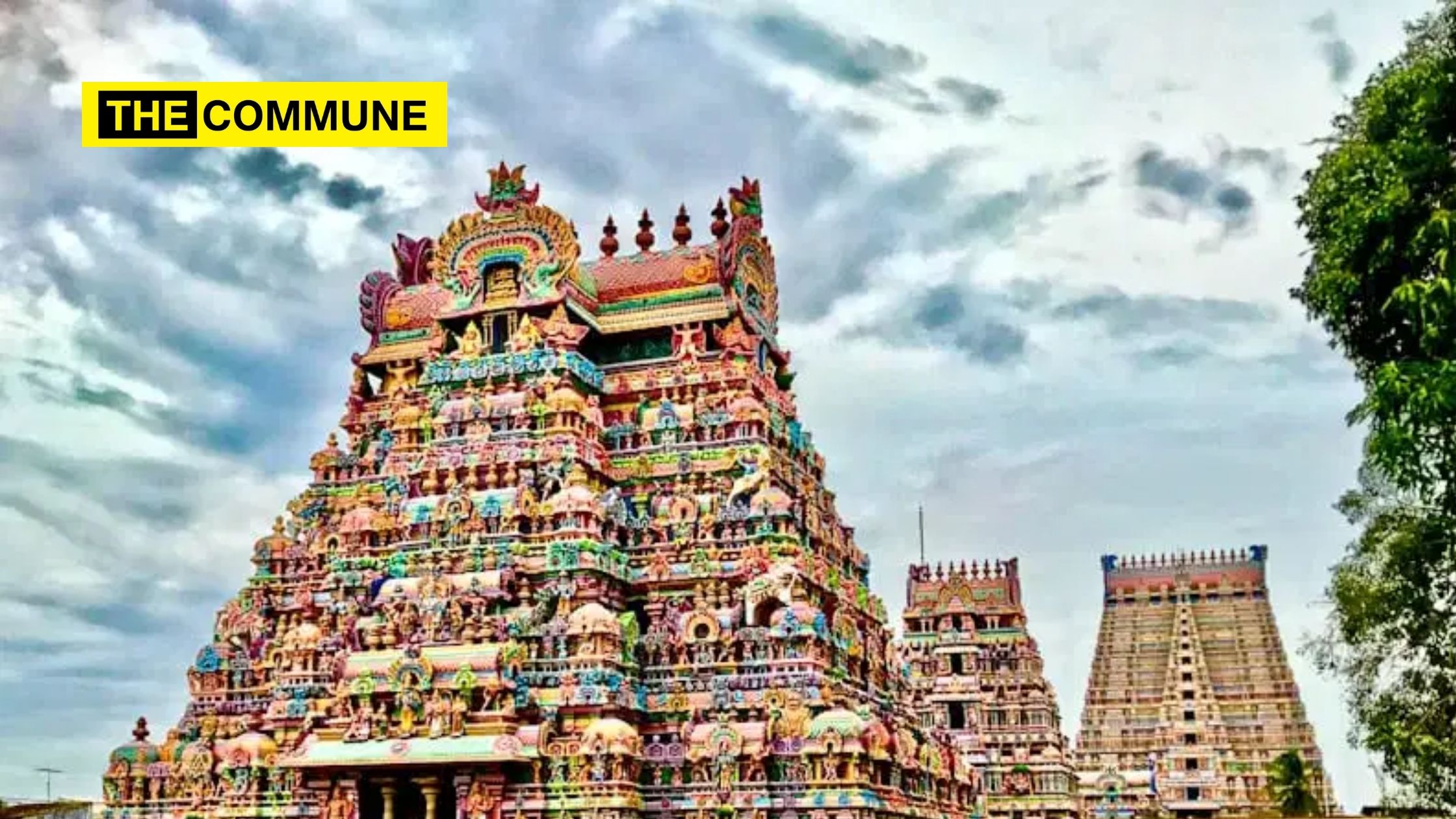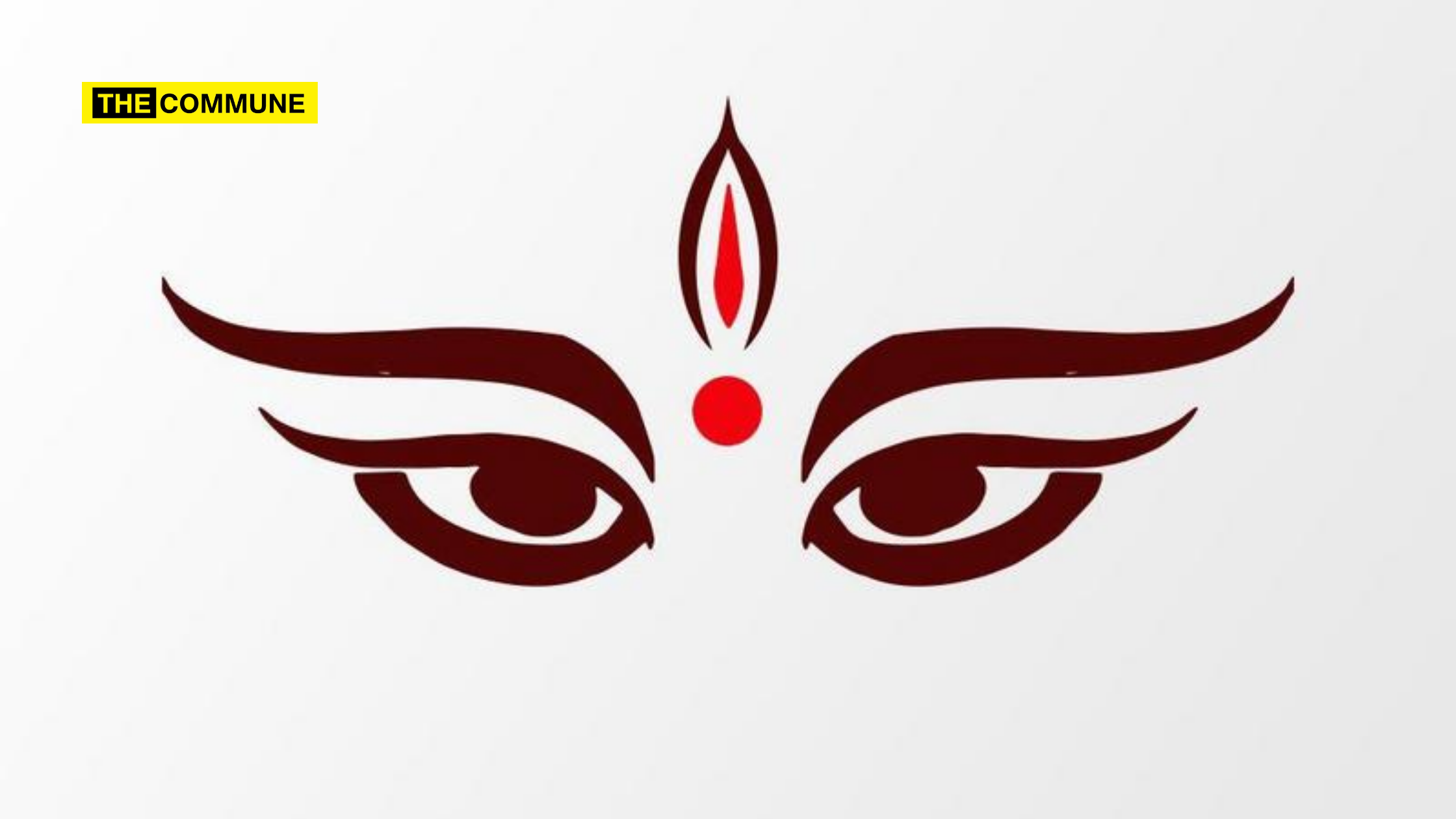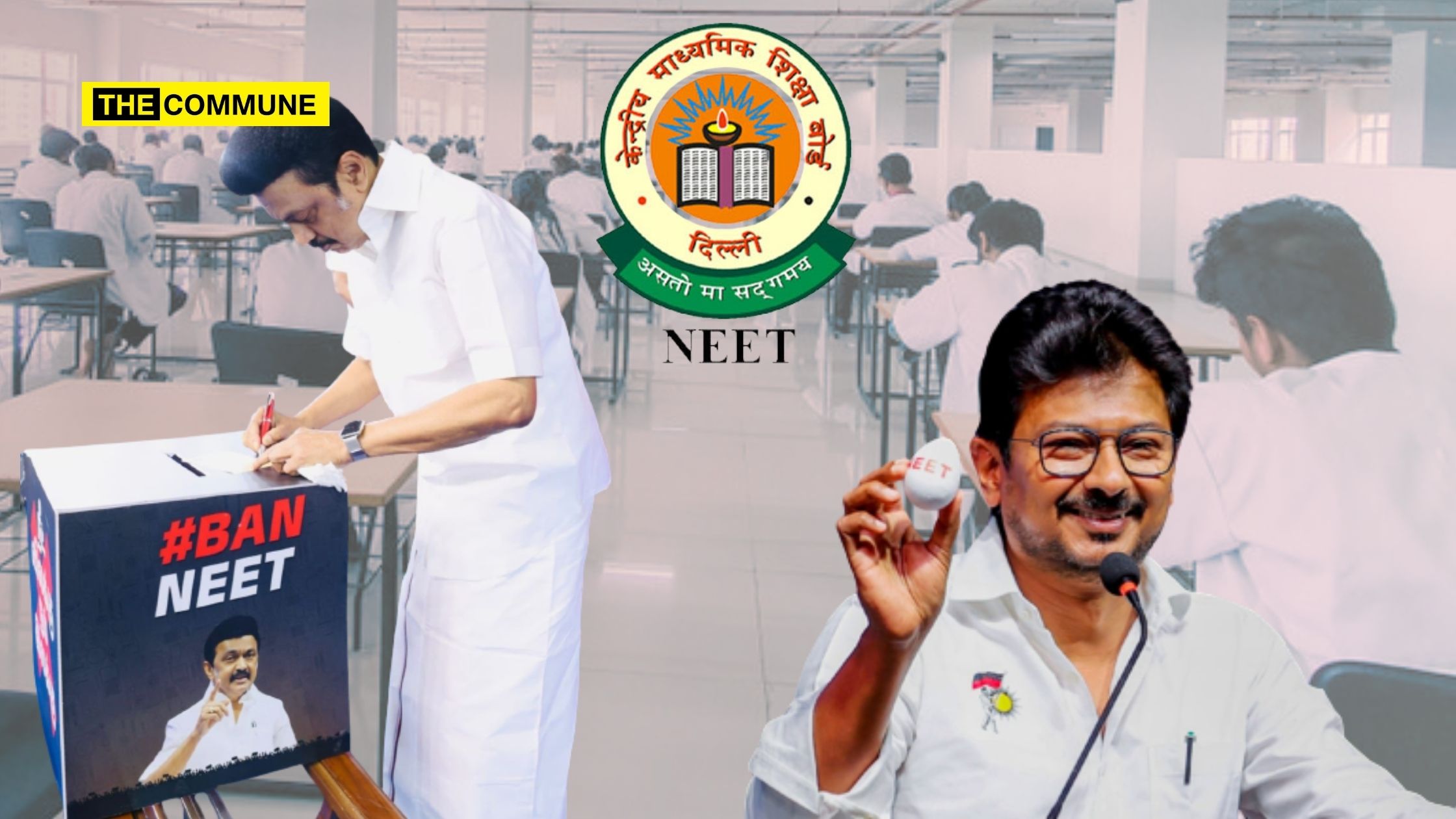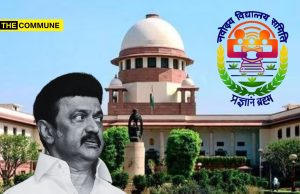
The main purpose of visiting a temple is worship. So, when you visit a temple like the Madurai Meenakshi Amman temple, you might go with the thought of having a good darshan of the deities. Once that purpose is fulfilled, if you happen to wander across the temple, probably when you are coming in circumambulation, you might notice just one intricately carved pillar at the 1000 Kaal mandappam. When you manage to take in the beauty of the pillar and look around you, you would be drowning in 985 such exquisite pillar with unique designs and unimaginable craftsmanship. But how many of these architectural marvels have you noticed at the Meenakshi Amman temple?
Now, this is the case with most devotees visiting any Temple in Tamil Nadu. Tamil Nadu is known for its majestically built temples with significant architectural styles. But, how many of us spend time analysing and understanding the architecture of the temples we visit? We are usually smitten by the grace and elegance of the deity, and fail to notice their abodes – the temple itself. There is so much to think about and understand why a part of a temple is designed in a particular way. Surely, learning about architectural importance will enhance our experience of visiting a temple. But, it is difficult because of the lack of material to understand the same.
The two major styles of temple architecture in India are the Nagara style, which is predominantly found in the North and the Dravida style, which is found in the South. Sometimes, some temples are built in the Vesara style, which is found to be a mix of both Nagara and Dravida styles. Built by the Cholas, The Airavateshwara temple, The Gangaikonda Cholapuram temple and the Brihadeeshwara temple, are all known for their grandeur and architectural excellence. Apart from these, the temples of Mahabalipuram built by the Pallavas, are known for their style of design.
“References from the Sangam Literature tell us that early temples in Tamil Nadu were built with perishable materials like wood, mud etc. and therefore most of these did not stand the test of time. The first Pallava king to build temples with imperishable materials was Mahendravarman I, in the 6th Century CE. The Mandagapattu Tirumurti Temple built by him was the first rock-cut temple in Tamil Nadu, which was built without wood, brick, mortar or metal. Temples that were built after this period, by the Pallavas, Cholas, Cheras, and Pandyas, were all mostly built with imperishable materials. Only by analysing the Garbha Griha (Sanctum), the Mandapa, and other elements inside the temple, especially the inscriptions, can we find out which dynasty built the particular temple,” said Raghuram SK, a historian with an MA in Museology from the National Museum Institue of History of Arts, Conservation and Museology, New Delhi.
We are generally aware of the larger architectural aspects of the temple, namely, the Gopura, the Garbha Griha, the Devakoshtas (shrines of other Devatas), and the mandapas. However, 2 parts of the temple that have not been spoken about much are the Bali Peedam and the Madapalli.
Generally, the Bali Peedam is understood as a place where a ‘Bali’ or sacrifice is made for the deity. However, in no temple today, the Bali Peedam is used for that purpose. While it is natural to assume that the Bali does not take place in temples today because of laws against the same, it is important to note that the Bali Peedam originally itself had nothing to do with an actual sacrifice. In a book called ‘Kalai Iyal Rasanai Katturaigal’ historian Kudavayil Balasubramanian has written, “The tradition of offering rice (neivedhya) to the deity, with mantras, music, songs and dance, is what we mean when we say ‘giving Bali’.” So, the Bali Peedam is still used for the same purpose of offering neivedhya to the deity, even today.
The Madapalli is the temple kitchen, where the offerings for the deity are prepared. When asked about the architectural aspects of the same, Balaji, founder of the Youtube channel ‘Smriti- The Vedic Lifestyle’, said, “The Madapalli is generally found in the Agni Moolai (South-East) of the temple. The size of the Madapalli depends upon how much of neivedhya has to be prepared for the deity. More the amount, the larger the size. The goddess of the Madapalli is called Madapalli Naachiyar, and she is always present inside the temple Madapalli. There should be a well inside, the water from which will only be used for cooking. Only Bronze utensils are used for cooking and are transferred to brass utensils once done. To top it all, only firewood stoves are used for cooking, not gas stoves.”
There are architectural differences even between Saivaite and Vaishnavite temples in Tamil Nadu. The Rajagopura of Vaisnavite temples is often different from that of Saivaite temples. Just by observing the Devakoshtas (shrines for other Devatas) in the temple, we can learn whether the temple is for Lord Shiva or Vishnu. “In Saivaite temples, we will typically have shrines of Dakshinamurthy in the South, Ardhanari or Lingothbhavar in the West, Brahma or Durga in the North. On the other hand, in Vaishnavite temples, we generally have lesser Devakoshta images. Similarly, in terms of architectural design elements, Shiva temples have more designs than Vishnu temples. Having knowledge of these aspects and analysing the same can help us identify whether a temple is a Saivaite one, a Vaishnavite one, or even a Shakta one for that matter,” Raghuram explained.
When temples were initially built in Tamil Nadu, they were not only places of worship but were also places that were used in a holistic approach that was meant for providing a livelihood for thousands of people. So temples evolved from places of worship to places of administration. “A temple was working as a treasury for the entire village or town around it. The mandapas in and around the temples were places where the entire village would assemble like a Panchayat, to make important decisions, or address the grievances of the residents. Agraharams or small housing facilities were also built around the temples as a means of residence for those who worked in and for the temple. Inscriptions in temples have provided us with enough evidence to prove this. So, the architecture also tells us a lot about how temples functioned in those days,” Raghuram added.
In the end, devotees visit temples for worship. But, there is so much more to temples, especially in Tamil Nadu, in terms of architecture, that surely would help in enhancing our temple worship experience. Without the knowledge and understanding of temple architecture, devotees are indeed failing to appreciate the contributions of our ancestors.
Click here to subscribe to The Commune on Telegram and get the best stories of the day delivered to you personally.




